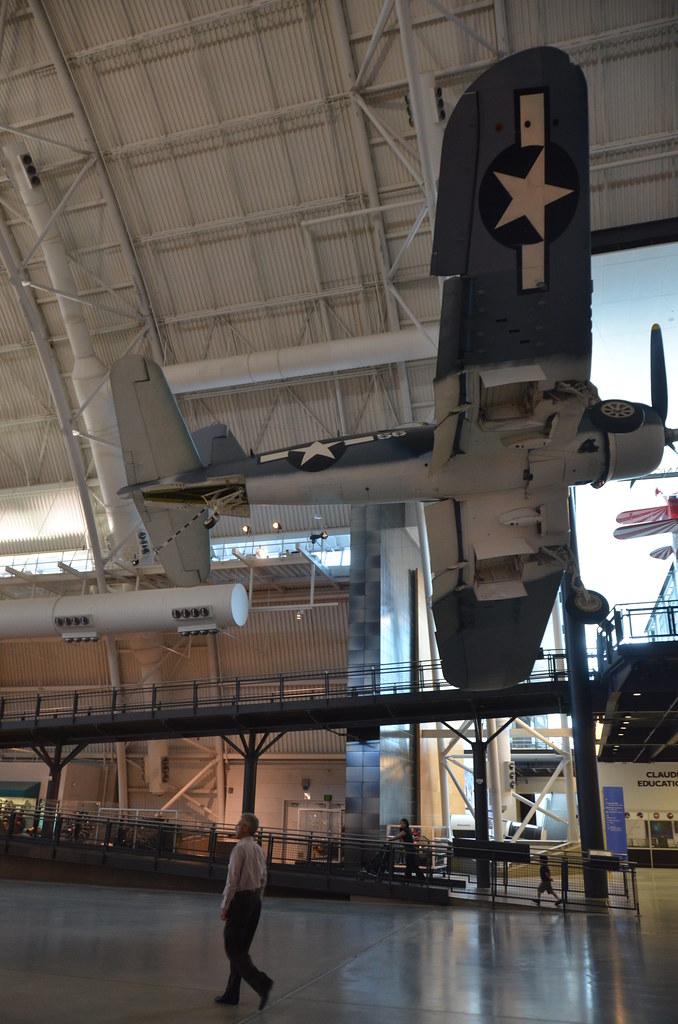
When the Lockheed SR-71 Blackbird was retired, the world lost one of its most remarkable aviation marvels. A Cold War icon, the SR-71 was the fastest and highest-flying operational aircraft.
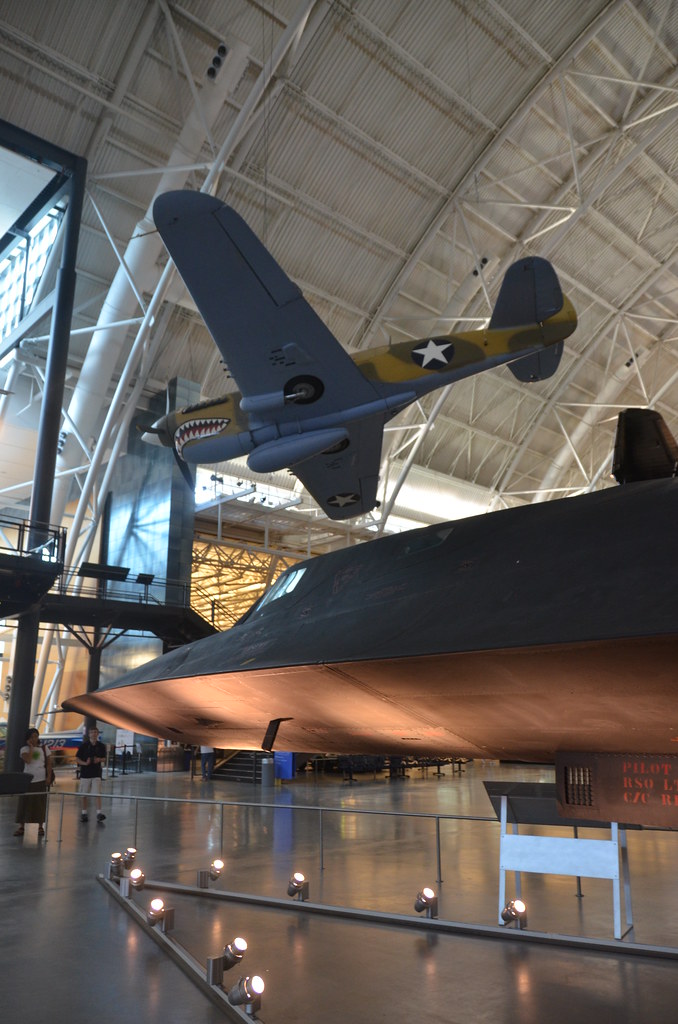
With capabilities that seemed straight out of science fiction, it’s perhaps unsurprising that the Blackbird has become a cult favorite among aviation and military technology enthusiasts.
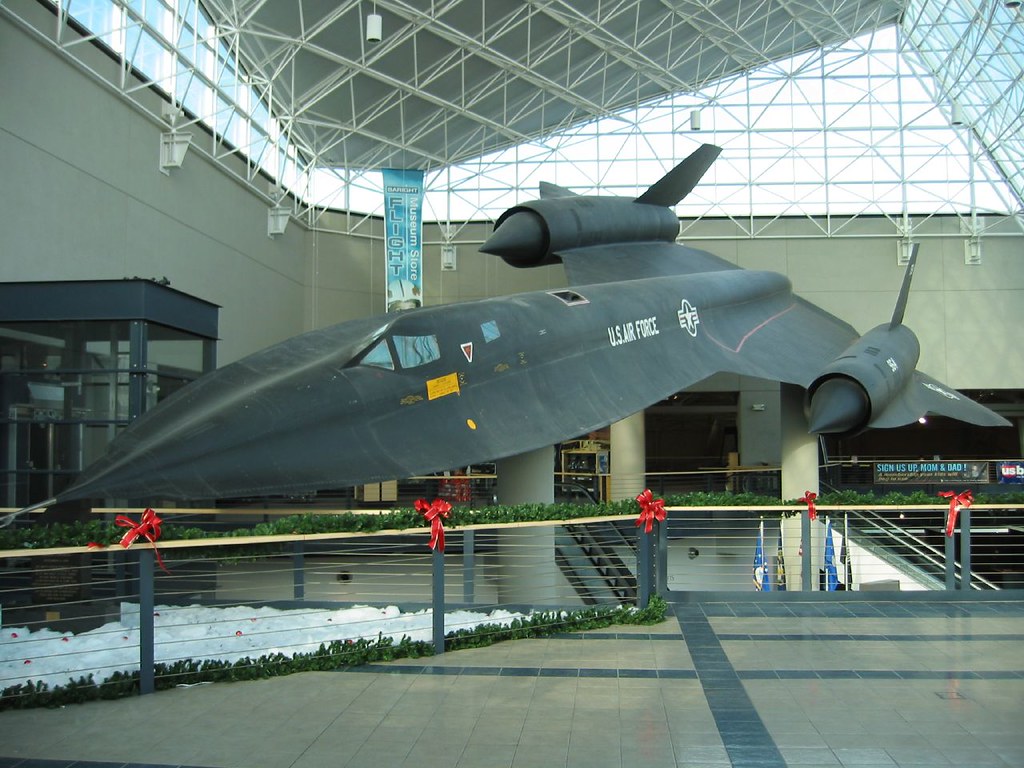
The official narrative for the SR-71’s retirement pointed to the high operational costs and the advent of satellite technology rendering the aircraft redundant.
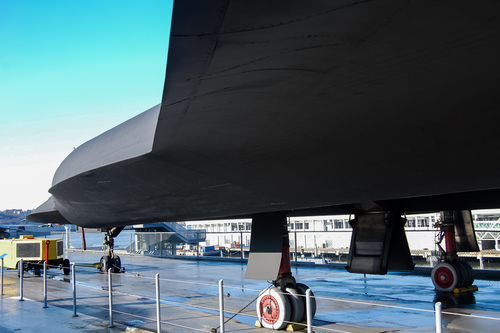
But Richard “Butch” Sheffield, a former SR-71 Reconnaissance Systems Officer (RSO), posthumously offers a different perspective in his unpublished book “The Very First.” Sheffield suggests that the decision was politically driven, swayed by internal Air Force politics and contractor interests.
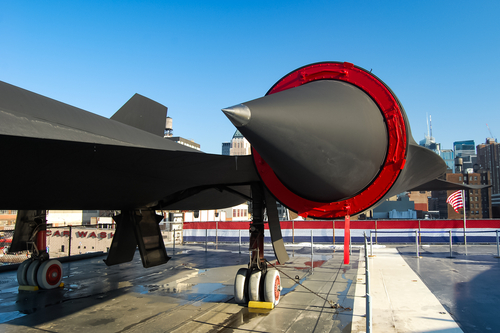
Linda Sheffield Miller, his daughter, sheds light on her father’s writings: “Satellites could never replace the SR-71,” Butch Sheffield had asserted. “There was new money for projects in the Air Force if they went with satellites, so they did.” He also noted that the NSA never favored the SR-71 due to its swift speed and limited intelligence gathering for communications, which led to less utilization of its data, further contributing to its retirement.
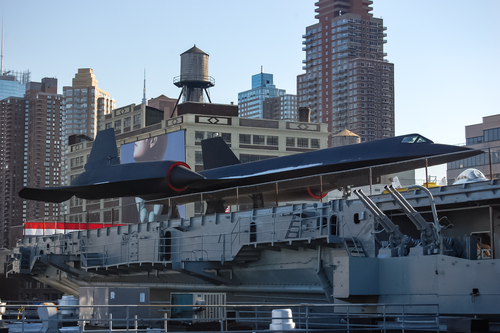
The final blow to the SR-71 came as the Air Force shifted its focus to new projects like the F-22 Raptor, effectively ending the era of the Blackbird.
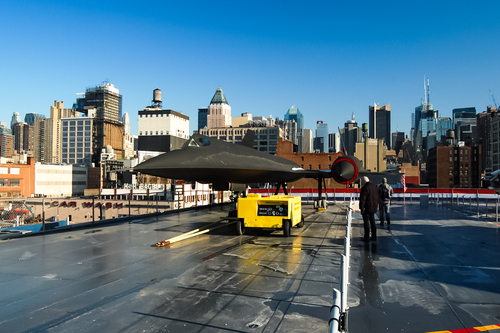
Developed in the 1960s, the SR-71 was a reconnaissance aircraft capable of hitting speeds near 2,200 miles per hour and altitudes exceeding 85,000 feet. It boasted a surveillance capability that allowed it to observe 100,000 square miles of the Earth’s surface within an hour.
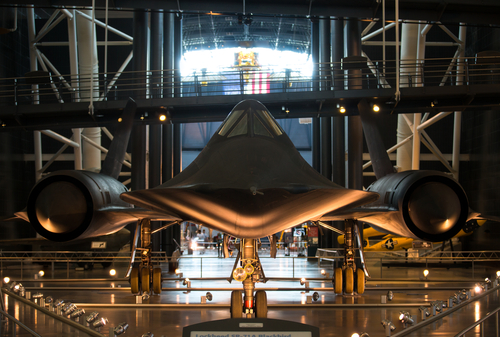
Despite the SR-71’s unparalleled performance, it was not immune to accidents. Out of the 32 Blackbirds built, 12 were lost, yet it remained undefeated by enemy fire, a testament to its design and capability.
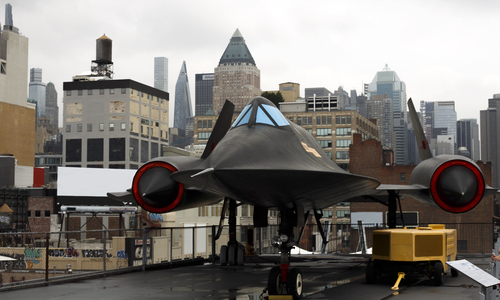
While the operational life of the SR-71 has ended, its legacy lives on in museums across the United States. These preserved aircraft tell the tale of an era where speed and height dominated aerial reconnaissance. Each aircraft displayed has a unique history, like the SR-71A #61-7959, known as the “Big Tail,” and the SR-71A #17958, which facilitated a record-breaking flight achieving the highest speed ever aboard an aircraft.
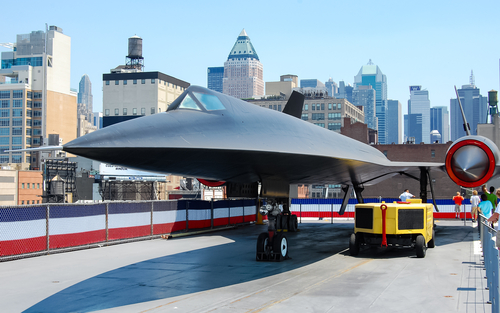
The SR-71’s retirement was not the end of its story. The early 1990s saw the program reactivated due to a lack of a suitable successor and Congressional support.
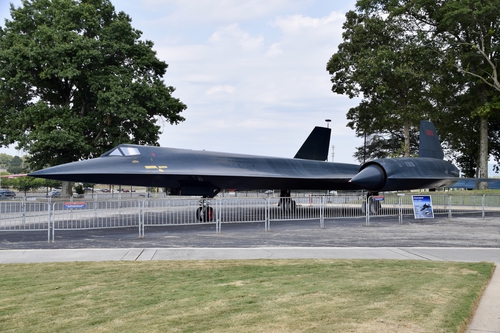
The reactivation sparked political debates, with the Pentagon facing off against Congress over the value of the SR-71 in modern intelligence gathering.

Despite its reactivation, the SR-71 faced persistent resistance, eventually culminating in its permanent retirement. It wasn’t an enemy missile or a technological flaw that grounded the Blackbird; it was politics and budgetary constraints.
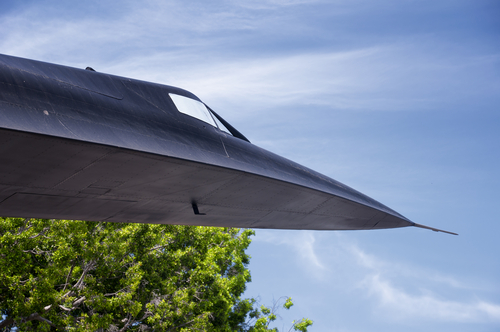
No reconnaissance aircraft has operated with the same level of impunity as the SR-71. A product of Lockheed’s Skunk Works and the brainchild of Clarence L. “Kelly” Johnson, the Blackbird was designed to evade interceptors and surface-to-air missiles, contributing significantly to U.S. foreign policy and intelligence during volatile times.
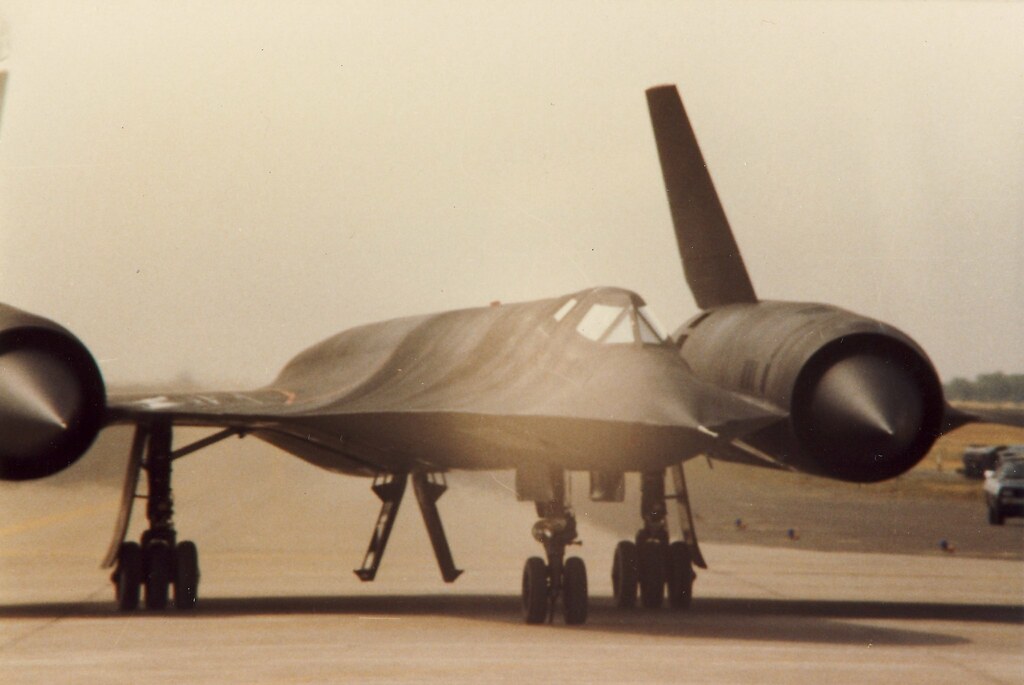
Today, the SR-71 Blackbird rests in museums, its flight days over but its legend very much alive in the hearts of military and aviation aficionados.

Whether viewed as a technical marvel or a victim of political maneuvering, the SR-71 remains an iconic symbol of Cold War aviation and an enduring point of curiosity for those captivated by the interplay of military prowess, technological advancement, and the complex ballet of defense politics.
Relevant articles:
– SR-71 Blackbird: Why the Fastest Plane of Earth Rots in a Museum, The National Interest
– The US States With Preserved Lockheed SR-71 Blackbird Aircraft, simpleflying.com
– The Fastest Plane on Earth Is Rotting in a Museum: Meet the SR-71, The National Interest
– Lockheed SR-71 Blackbird, National Air and Space Museum
